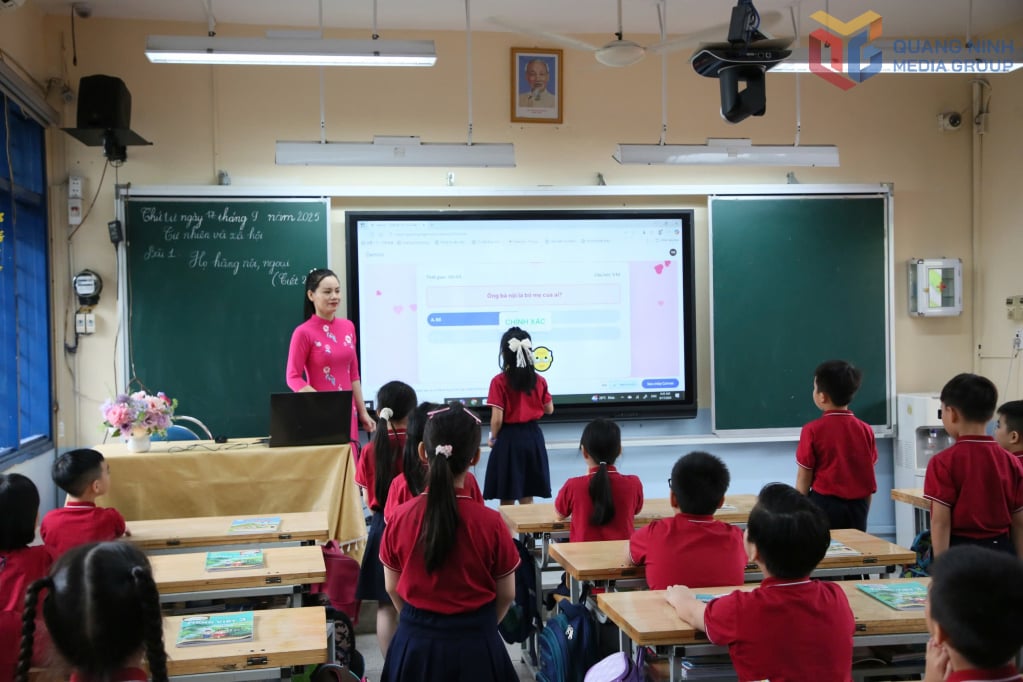
Accordingly, the province has properly implemented the policy of not merging kindergartens with general schools; not merging continuing education facilities with general schools; only merging schools and school points within the same commune-level administrative unit to optimize resources and learning conditions; ensuring that at the commune level there are educational facilities for kindergartens, primary schools, and secondary schools. At the same time, the selection and appointment of personnel for the leadership apparatus and the Board of Directors of new schools is also carried out publicly and transparently, based on each criterion for evaluating and classifying cadres.
In fact, after the arrangement of the 2-level local government model, in the 54 commune-level administrative units, there are 522 public kindergartens, primary schools, and secondary schools under the management of the commune level. Due to the regional characteristics of the province, the number of kindergartens, primary schools, and secondary schools in each area is unevenly distributed, not ensuring the optimal scale of an educational institution. Specifically: 10 commune-level units have no more than 5 educational institutions; while 7 units have more than 15 educational institutions. In some commune-level units, the total number of groups/classes of public educational institutions is relatively small, not exceeding the maximum scale of an educational institution. Specifically: 12 units have less than 30 kindergarten groups/classes; 11 units have no more than 40 primary school classes; 33 units have no more than 45 secondary school classes. Thus, in practice, it is possible to consider arranging the commune to have only 1 kindergarten/primary/secondary school.
Along with that, the provincial Department of Education and Training is currently short of nearly 4,000 people compared to the norm, of which there is a shortage of over 2,600 teachers. The teacher/class ratio is currently lower than the norm at all levels: preschool level is lower than 0.5, primary level is lower than 0.15 and secondary level is lower than 0.31. The situation of scattered and small schools, along with the shortage of teachers, has created great pressure in schools, requiring a rearrangement of the network. The important goal of the merger is to increase the number of people directly teaching, effectively use the existing team and overcome the shortage of teachers.
Teacher Pham Thi Bich Hanh, Vice Principal of Phuong Dong Primary School (Yen Tu Ward), said: Previously, each group leader had to spend about 3 periods per week on professional group work; the Team Leader spent up to 15 periods per week on Team activities; or some teachers had to spend 3 periods to concurrently work as a librarian... After the merger, these departments were shared, so teachers no longer had to divide their time for concurrent tasks. All of those periods were devoted to teaching. In the current context, the teaching staff is still lacking compared to the quota, saving and effectively using human resources like this is really meaningful.
Therefore, the arrangement and merger of schools in the whole province was carried out and quickly completed, bringing positive significance, contributing to solving the internal problems of the provincial education sector, first of all in streamlining the organization, management focal points, improving the effectiveness and efficiency of school administration and the use of human resources and resources of schools. At the same time, the arrangement and merger of schools also helps to solve the problem of local surplus and shortage of teachers, and can supplement the shortages. Most importantly, the arrangement of public educational institutions is a necessary task to suit the 2-level local government model in the province, helping to improve the effectiveness and efficiency of state management and the quality of education in the locality.

One of the greatest successes and humane highlights in Quang Ninh 's school arrangement campaign is the absolute commitment: "The arrangement and merger of schools does not cause any impact or disruption to students' learning". The core principle that Quang Ninh thoroughly adheres to is "Maintaining the same learning location for students as before the arrangement, without affecting the organization of educational service provision activities to serve the needs of the people". The merger and rearrangement of schools and educational facilities does not reduce or affect students' learning compared to before, but is only consistent with the actual operation of the 2-level local government model. Students' learning still takes place normally at the current school location, without changing classes, teachers, or school schedules.
After the merger, students still kept the same learning location as before, without any disruption. Schools quickly stabilized their organization, rearranged their facilities; assigned tasks to the board of directors, teachers, and staff according to their abilities and strengths. The education plan was flexibly adjusted, ensuring consistent teaching and learning quality between the main school and the campus, while promoting educational and extracurricular activities, creating a friendly and dynamic learning environment, helping students develop comprehensively.
Mr. Hoang Van Duong, a parent of a student in Mong Duong ward, shared: The merger helps to streamline the management apparatus, and the students still study at the same place as before, so there is no disruption to our children's education. The new school is larger in scale and organizes more high-quality educational activities, so the children benefit, and we, the parents, are very in agreement.
With the completion of the arrangement and merger of the school network, Quang Ninh has created an important step in fundamental and comprehensive innovation in education and training. This not only helps to effectively use facilities, teaching staff and budget resources, but more importantly, it brings a better and more equal learning environment for students across the province. The schools after the merger have focused on investing in classrooms, equipment, playgrounds, libraries and information technology applications; helping students to study in modern, safe conditions, with many opportunities for comprehensive development. More deeply, the completion of the arrangement and merger of the school network also paves the way for restructuring the entire university and vocational education system; towards the formation of concentrated, key and modern training facilities; in order to meet the demand for high-quality human resources, contributing to the successful implementation of the goal of rapid and sustainable socio -economic development of the province in the new era.
Along with the restructuring of the school and class network in a streamlined and effective manner, the Provincial People's Committee is currently drafting a report and a draft Resolution to submit to the Provincial People's Council, including 12 comprehensive and inclusive support policies, to promote sustainable education and training development. Notably, the policy of supporting school milk for 100% of preschool children and primary school students, and supporting school lunches for preschool children, primary school students and secondary school students in some areas. The total estimated implementation cost is about 700 billion VND per year, an increase of nearly 350 billion VND compared to the budget for implementing Resolution 204 in 2019. Each step of the province is aimed at ensuring fairness in access to education, creating conditions for all children to study and develop comprehensively, for the happiness of the people.
Source: https://baoquangninh.vn/no-luc-cho-muc-tieu-nang-cao-chat-luong-day-va-hoc-vi-loi-ich-cua-hoc-sinh-3383264.html


![[Photo] Opening of the 14th Conference of the 13th Party Central Committee](https://vphoto.vietnam.vn/thumb/1200x675/vietnam/resource/IMAGE/2025/11/05/1762310995216_a5-bnd-5742-5255-jpg.webp)










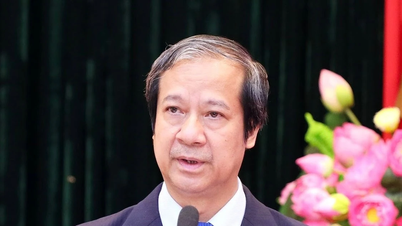




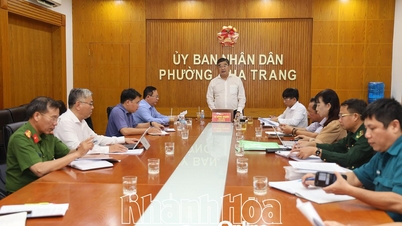

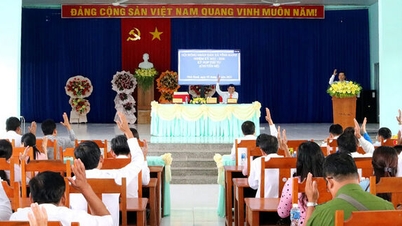





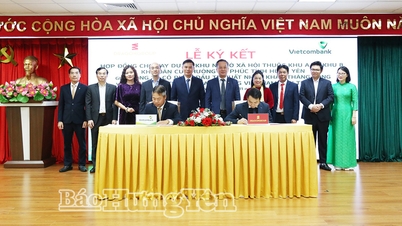











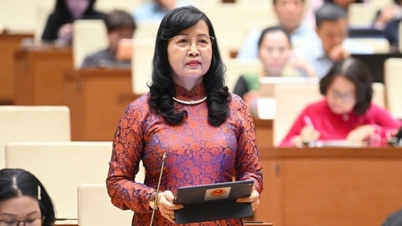

![[Photo] Panorama of the Patriotic Emulation Congress of Nhan Dan Newspaper for the period 2025-2030](https://vphoto.vietnam.vn/thumb/1200x675/vietnam/resource/IMAGE/2025/11/04/1762252775462_ndo_br_dhthiduayeuncbaond-6125-jpg.webp)




































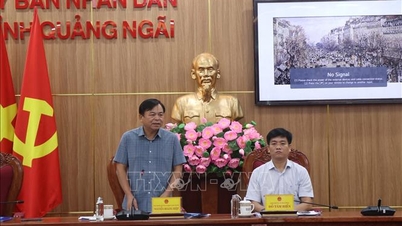








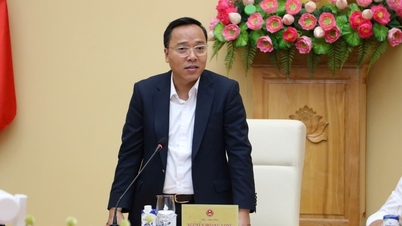








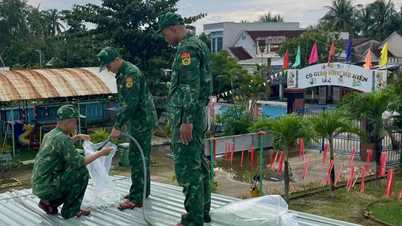
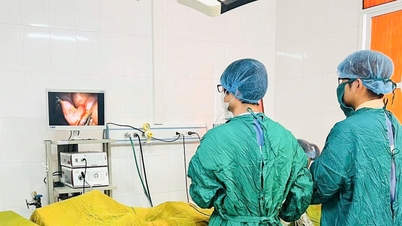


















Comment (0)